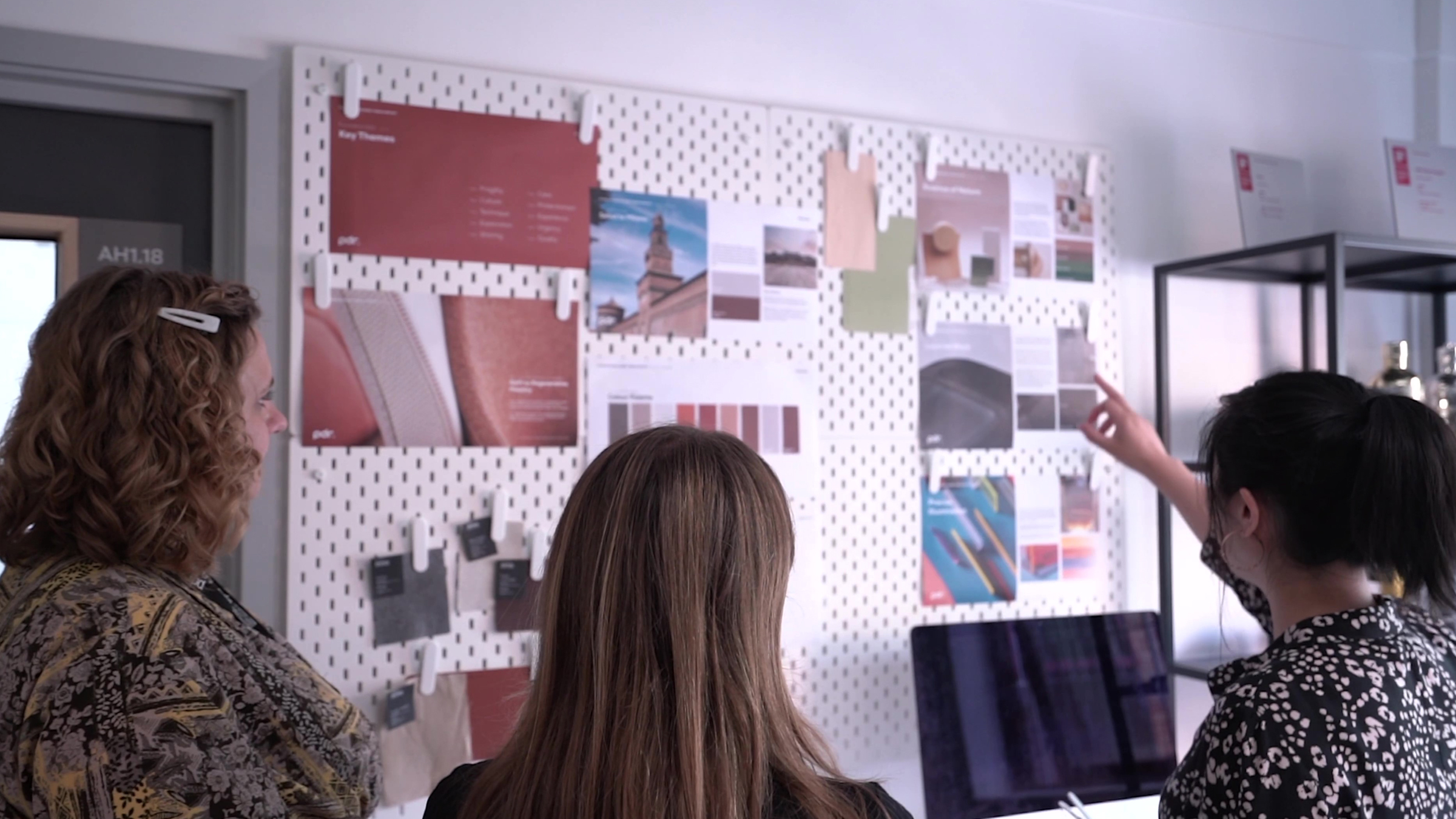Designing the future: An exploration of design’s role in technical advancement
What role does design have in technical advancement, why should designers and material scientists work together and what is the difference between design-driven materials innovation and materials-driven design innovation?
We sat down to interview our Senior Research Fellow, Dr Katie Beverley, who answers these questions and shares insights drawn from a research method developed for a collaborative project called PRESTIGE.
About PRESTIGE
Horizon 2020 was an EU research and innovation funding programme which ran from 2014 - 2020 with a budget of nearly €80 billion.
The PRESTIGE project was funded by Horizon 2020 and brought together design-thinking innovation strategies with advanced printed functional materials developments, such as electroactive fluorinated polymers, photoactive materials, and tailor-made polymers.
The major objective was to promote interdisciplinary design research, material research, process refinement and optimisation to create less harmful and eco-friendly alternatives to existing products and materials.
The project involved a consortium of 16 partners along the value chain, from designers to end-users, who aimed to promote design-driven innovation in creative industries and beyond. The consortium aimed to showcase its achievements through an SME-oriented cluster of excellence.
PRESTIGE is now a closed project and the Horizon 2020 programme has been succeeded by Horizon Europe.
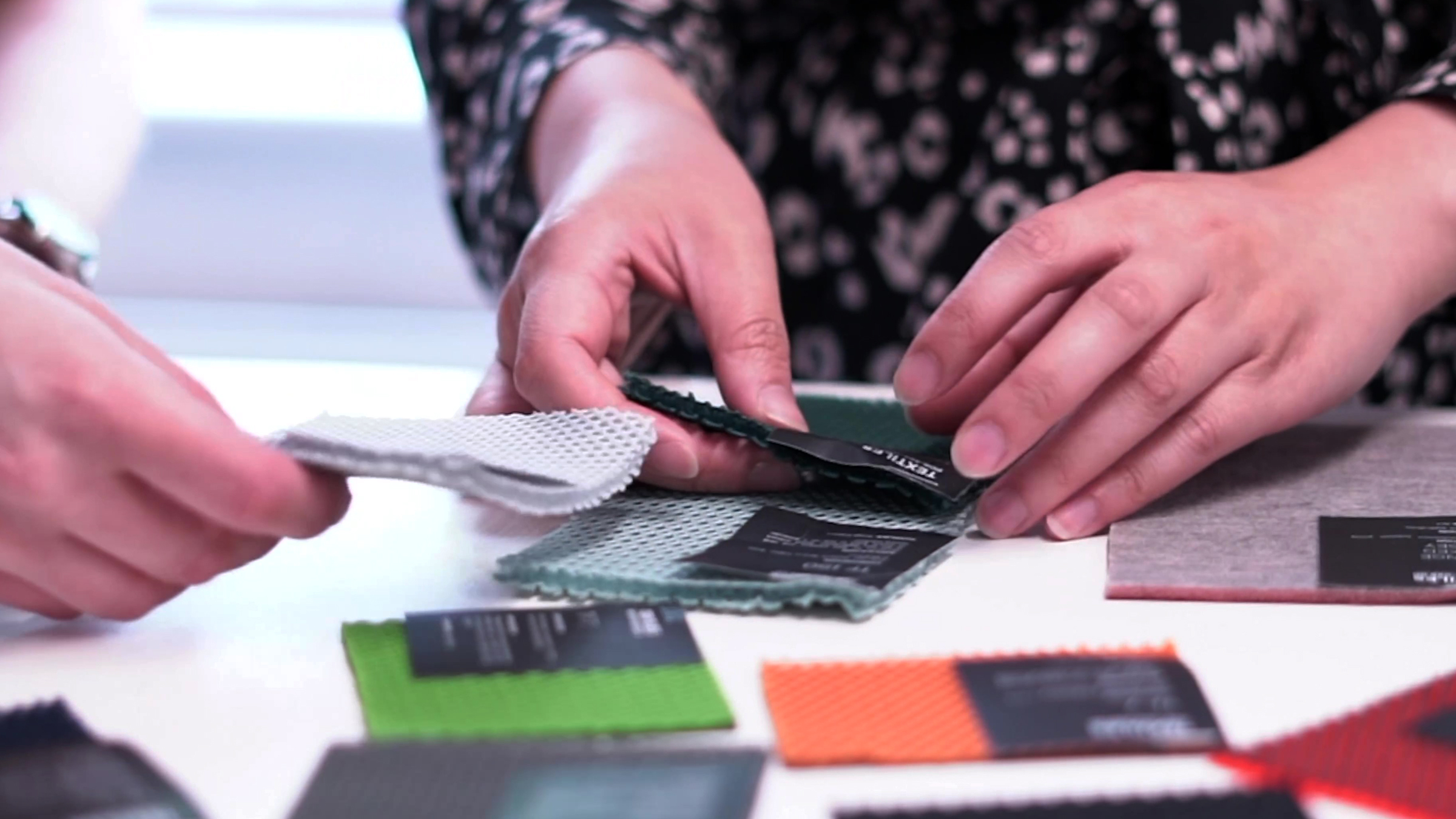
The research method developed at PRESTIGE
In 2017, we were invited to participate in the PRESTIGE project, which aimed to work across different value chains to meet sustainability challenges. The project focused on three business cases, including a smart steering wheel, a sports band, and smart cosmetics packaging, all incorporating emerging printed materials.
Katie says, “To challenge ourselves we wanted to take the project a step further by implementing a design-driven materials innovation method that would incorporate user needs into the materials development process. Our goal was to create this responsive approach that can speed up market penetration for products and address potential issues that could prevent successful uptake. While the process is still being explored, it’s important that we keep exploring this method and hold space for conversations.”
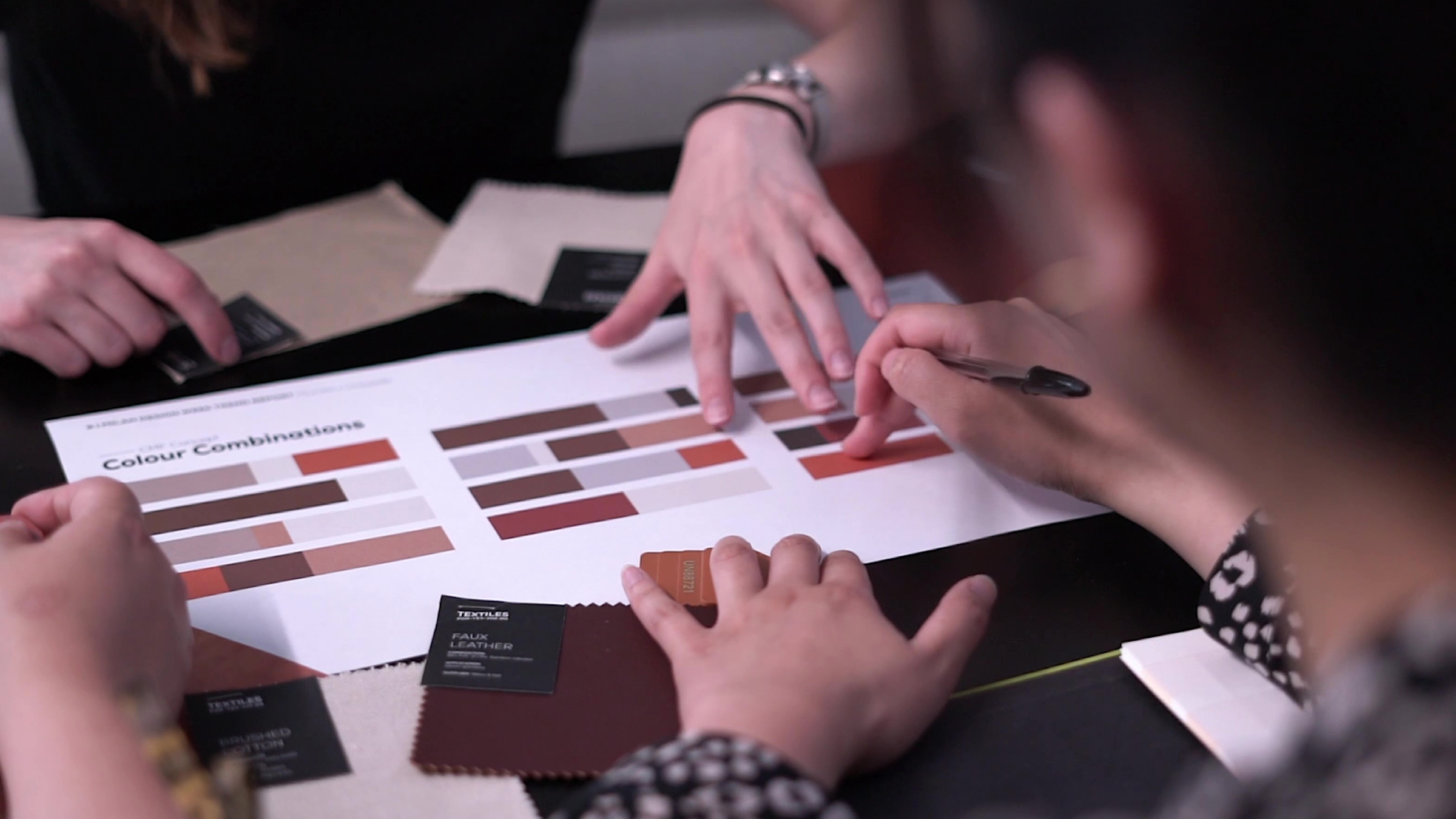
Why designers and material scientists should work together
“Materials innovation is important for a sustainable future. One example is printed photovoltaics, which we worked with on the PRESTIGE project. They are lightweight and can be mounted on any surface, potentially revolutionising energy generation. However, it typically takes 15 years for a new material to be widely adopted in the market.
“One reason for the delay is that new materials usually come from technological push, without clear market demand. We can speed up the innovation process by connecting material scientists and designers to develop a shared innovation process that meets user needs and moves to the market more rapidly. By iterating and prototyping potential solutions and feeding information up and down the value chain, we can create a process where everyone is innovating at the same time and informed by each other's needs.”
We can speed up the innovation process by connecting material scientists and designers to develop a shared innovation process that meets user needs and moves to the market more rapidly.
Dr Katie Beverley | Senior Research Fellow | PDR
The difference between design-driven materials innovation and materials-driven design innovation
Design-driven materials innovation and materials-driven design innovation are two different approaches to product development with a focus on different aspects of the design process. Katie explains more…
“Design-driven materials innovation starts with a design concept or a problem that needs to be solved and then identifies the best materials to achieve the desired performance, aesthetics, and functionality. In this approach, the material choice is driven by the design requirements and constraints, and the material properties are tailored to meet the specific design needs. On the other hand, materials-driven design innovation starts with the exploration and understanding of the properties and behaviour of a specific material or set of materials and then uses this knowledge to design and develop new products or systems. In this approach, the focus is on the material properties and how they can be leveraged to create new and innovative designs.
“During the PRESTIGE project, the consortium trialled both approaches. PDR’s role was to foster design-driven materials innovation, whereby the materials development process is informed by designers at an early stage. To achieve this, we engaged in user research to identify potential use cases, allowing us to determine if the materials could meet those needs. By doing so, we were able to drive information up the value chain.
“Once we'd determined the user needs, we took a reverse-engineering approach, starting with the product design brief and working backwards to determine what the materials should be capable of doing. This allowed us to optimise the design based on the materials we had available.
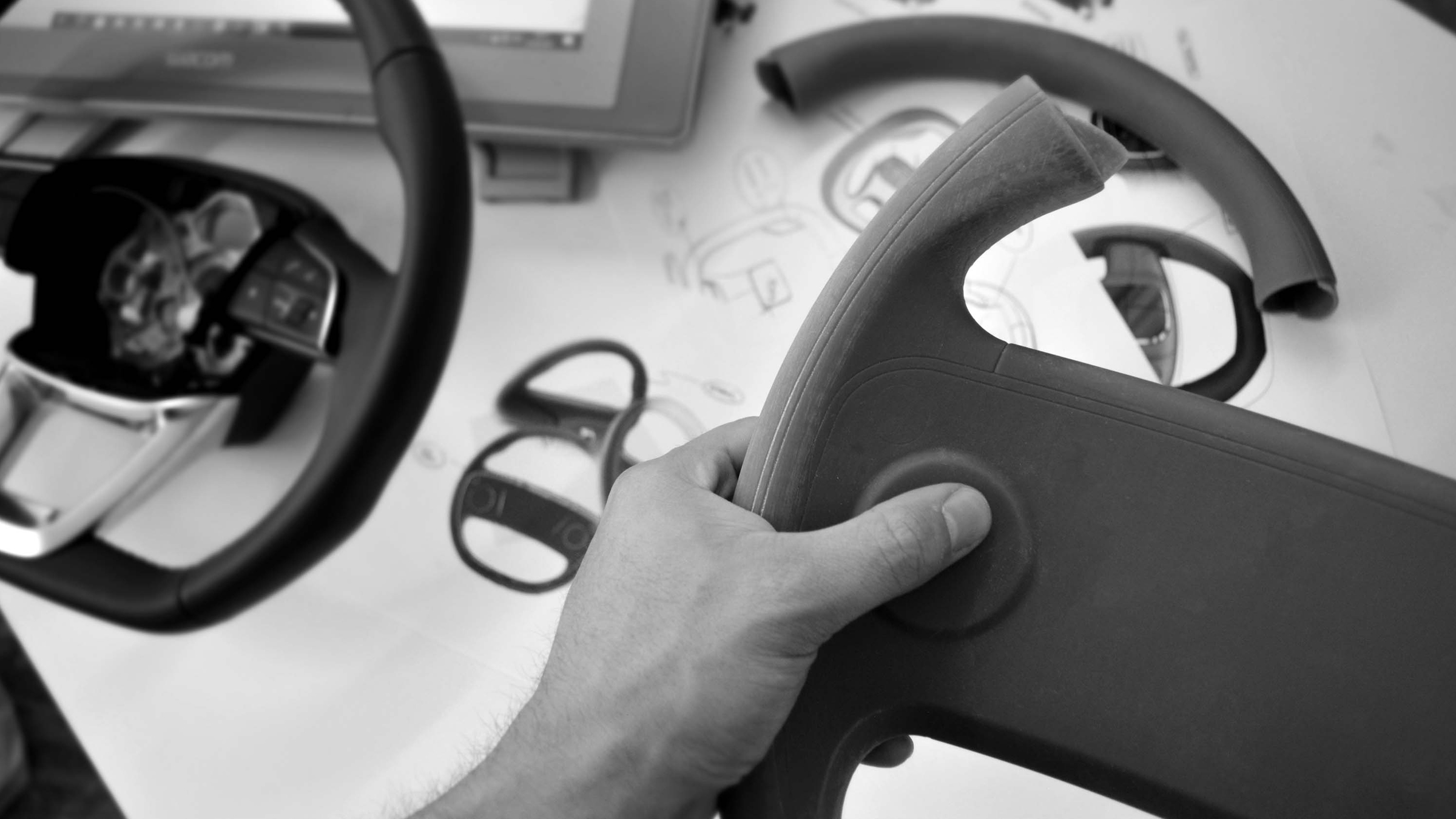
“This is how we developed our award-winning project – Cercle. We recognised the importance of designing products with the end goal of reusing, repairing, or recycling materials. As the materials we were working with evolved, we incorporated this understanding into our design process to ensure that we could extract and utilise the materials efficiently.
“Cercle was specifically developed to explore the steering wheel use case and understand how we could optimise the design of products to ensure materials designed for a circular economy could be effectively reused. Our goal was to ensure that the potentially short lifetime of one component in the steering wheel would not consign the other components to waste. By focusing on circularity, we were able to develop a solution that allowed the separation of materials and their reuse, remanufacture or recycling.
“Using this methodology going forward could mean that as we encounter barriers during the materials development process, we will be able to refine the product design accordingly. The feedback feed-forward process allows for optimising the materials development and product design simultaneously, resulting in the best possible outcome.”
Design plays a pivotal role in technical advancement by acting as a bridge between the needs of materials development and user requirements. By serving as a conduit of information flow up and down the value chain, design can optimise the product development process, resulting in more sustainable products that not only meet user needs but also accelerate the introduction of innovative materials to the market.
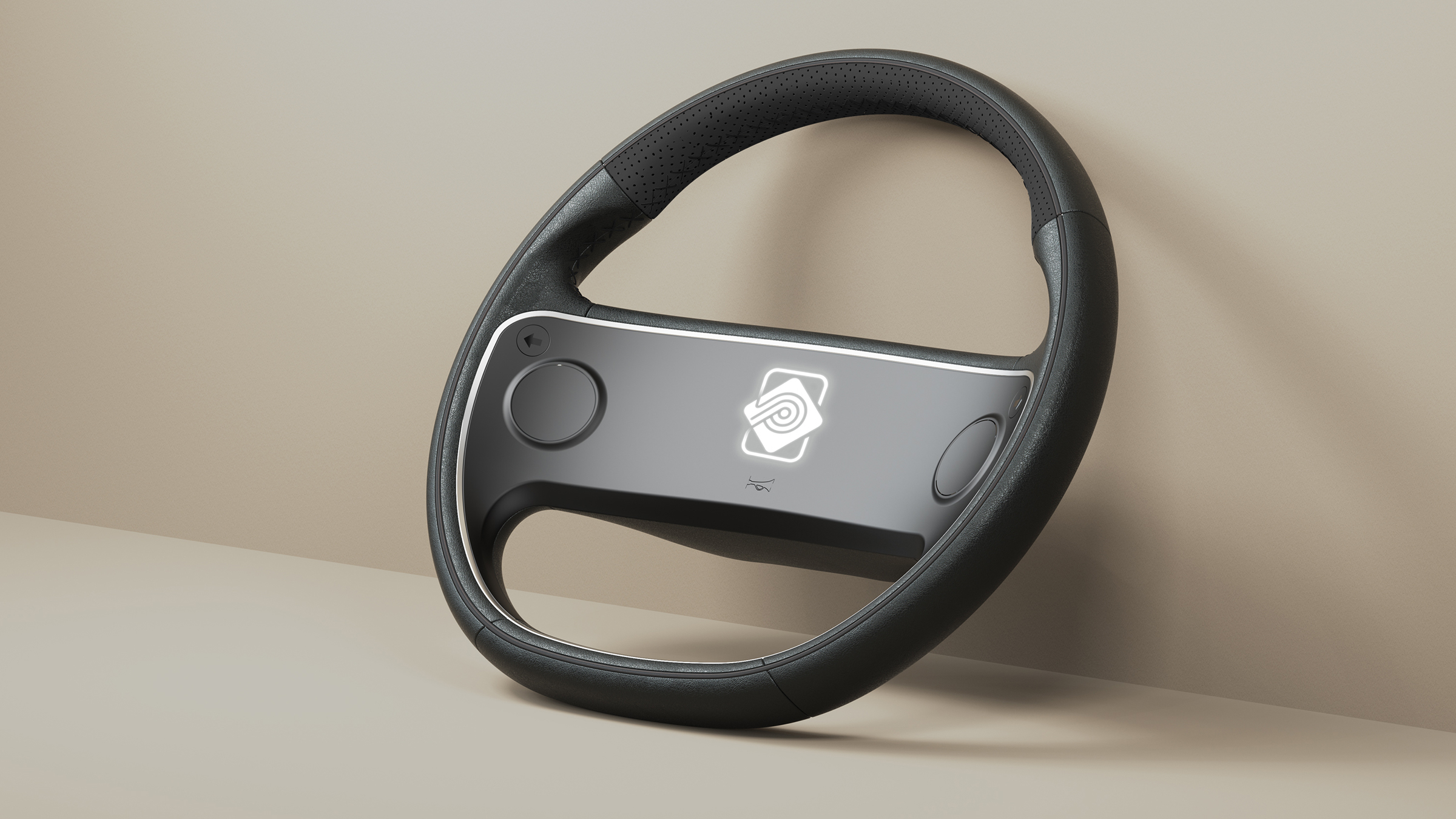
Next steps
Learn more about our research and ecodesign work, or get in touch if you’re interested in working with us.

